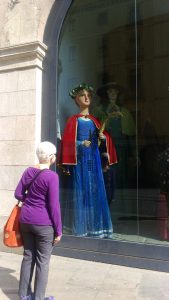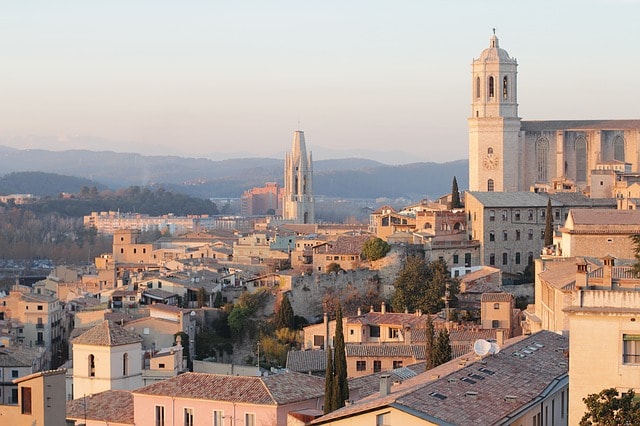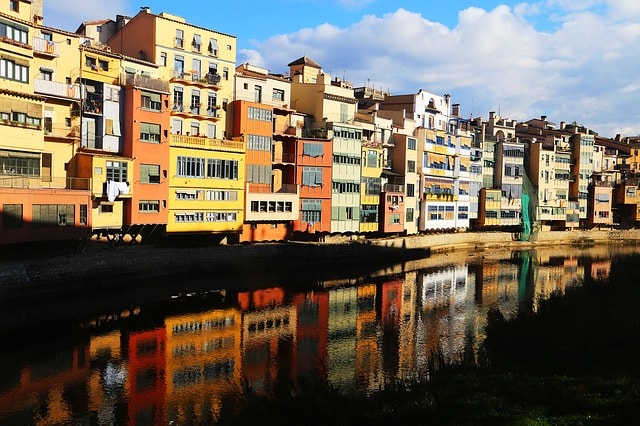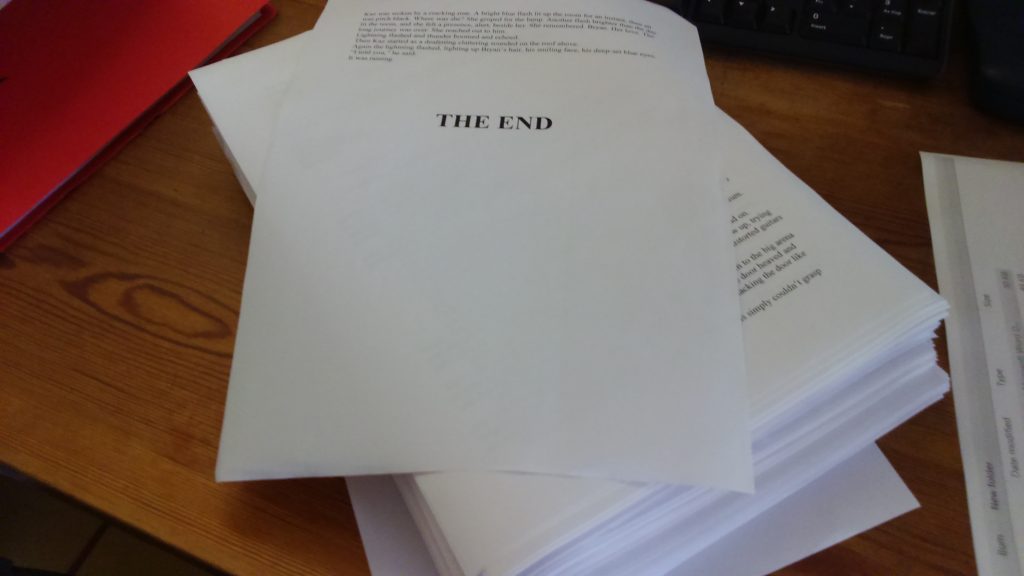
Gegants
The giants of Catalonia are not the kind of horrid monsters of fairy-tale and legend that gave us childhood nightmares, but huge figures of men and women that are paraded around at just about every local fair and festival. Most towns and city neighbourhoods have their own giants, forming a great network across Catalonia, with competitions, meet-ups etc. They they are kind of like familiar locals: especially when you come across them lurking on a Sunday stroll in downtown Barcelona.

Generalitat
La Generalitat de Catalunya is the institution under which the autonomous community of Catalonia is politically organised. It consists of the Parliament of Catalonia, the President of the Generalitat de Catalunya and the Government of Catalonia. The institution goes way back to the 13th century, and you can read about its vicissitudes – a long history of abolitions and restorations – here.
And so, since the last restoration in 1978, Catalonia has had its very own huge lumbering bureaucracy. TV advertising campaigns assuring us again and again that the Generalitat is on our side are parodied mercilessly every week in TV3’s satirical show Polònia.
One sweltering summer in Barcelona, a musician friend of mine nearly went berserk with the clattering and whirring of air conditioners on the roof of a nearby building. Why didn’t he report them for noise pollution to the environment department? I asked, bursting with righteous indignation.
“They ARE the environment department,” he wailed. “Of the Generalitat.”
Girona
I love Girona. It’s quieter and less built-up than Barcelona (population 97,586 as of January 2015) but – to use a done-to-death word – vibrant. Especially since it became the film set for the powerful free city of Braavos in season six of Game of Thrones.

At the confluence of no less than four rivers – the Ter, the Onyar, the Güell and the Galligants – Girona (Roman Gerunda) was in a strategic position on the ancient Via Augusta that linked Iberia to Rome, and was repeatedly conquered, earning it the nickname ‘the city of a thousand sieges’.
Girona has a fabulous old quarter with a maze of cobbled streets, ancient city walls, one of the best-conserved Jewish quarters in Europe, 12th-century Arab baths, and a landmark cathedral with the widest Gothic nave in the world, reached via a stunning staircase of 90 steps. There are the picturesque Hanging Houses on the River Onyar with their colourful riverside facades, a ‘harmonious hotchpotch’ as one quaintly translated guidebook put it. There’s a bridge designed by Gustave Eiffel (who later built the Eiffel Tower). And lots more. And there are loads of festivals, in particular the Temps de Flors or Flower Festival held each May, with fabulous flower artworks displayed across the city.
And then there are the legends. Other cities have dragons, lions or eagles: Girona has flies. Sant Narcís (Saint Narcissus) is patron of the city, and his miracle happened in September 1286, when Girona was beseiged by the French. Even though the city surrendered without a fight, the French behaved atrociously: robbing, mocking and abusing the Gironans, sacking their churches and so on. The last straw was when they profaned the body of Sant Narcís and broke one of his arms. Whereupon giant flies emerged from his body and stung the French soldiers and their horses, who expired, twitching and writhing and, I imagine, foaming at the mouth.




2 Responses
Gerona sounds absolutely gorgeous. You are making me want to take a lovely, long holiday in your area with no hope of return!
Come!!!